A new force has emerged in the hypercar world, and it comes with both Italian soul and American ambition. Vittori, a newly established hypercar manufacturer with dual roots in Italy and the United States, has officially unveiled its debut model — the Turbio — this October in Miami. Designed in collaboration with the legendary Italian design house Pininfarina, the Turbio promises to bridge the gap between timeless automotive beauty and next-generation performance, marking a defining moment in the evolution of the hybrid hypercar.
The Turbio, Vittori’s first creation, is a statement of intent. The company describes it as a “fusion of flight, sculpture, and power,” blending the emotional resonance of classic Italian design with modern hybrid engineering.
Vittori’s Founder and CEO, Carlos Cruz, is no stranger to innovation. With a background in scaling multimillion-dollar ventures across finance, technology, and artificial intelligence, Cruz entered the automotive world with a mission that transcends performance metrics.
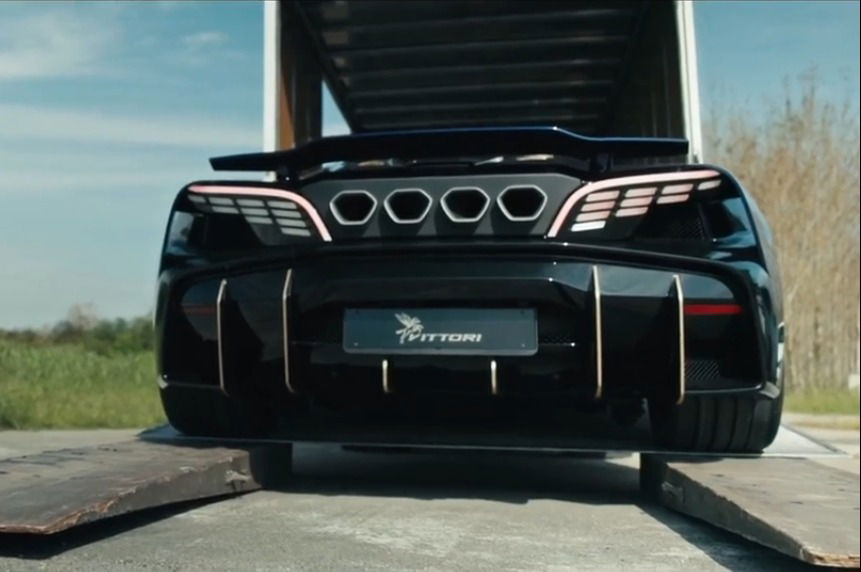
“Our dream was to create a beautiful, high-speed vehicle that evoked emotion and a sense of connection,” Cruz said at the unveiling. “We didn’t want to make another supercar — we wanted to build something that feels like flight, like sculpture, like power at your fingertips. We sought to build a reality where performance, beauty, control, and freedom could exist in one car — without compromise.”
A Collaboration of Legends
The Turbio’s design DNA carries the unmistakable influence of Pininfarina, the revered Italian design house behind some of the most iconic Ferraris, Maseratis, and Alfa Romeos ever produced. In partnering with Pininfarina, Vittori sought to honor the golden age of automotive design while pushing boundaries through contemporary technology.
“For decades, Pininfarina has leveraged its heritage in coachbuilding and its ability to transform pure design exercises into industrial realities,” said Giuseppe Bonollo, Senior Vice President of Mobility at Pininfarina. “Partnering with Vittori on a new vision for the hypercar market embodies one of our essential traits — the power to merge artistry with innovation. We are pleased to support Vittori in its mission.”
Pininfarina’s influence on the Turbio extends beyond styling. The company’s expertise in aerodynamics, material science, and ergonomic interior design helped Vittori bring its hybrid vision to life. Every curve, vent, and surface of the Turbio is sculpted with aerodynamic intent, resulting in a car that is as functional as it is beautiful.
Italian Craftsmanship Meets American Vision
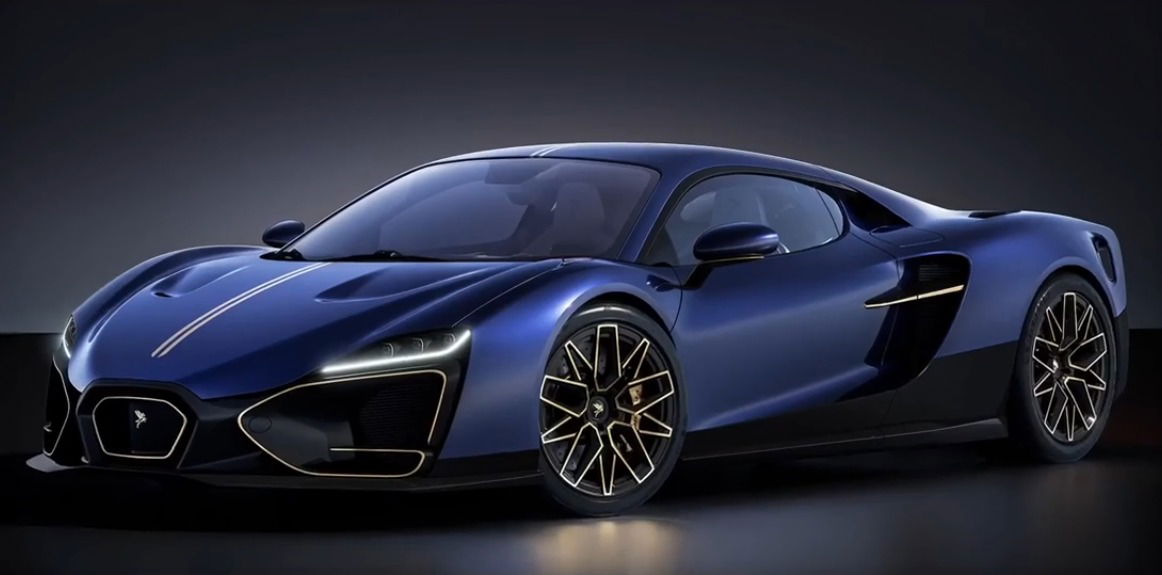
While Vittori’s headquarters are based in the United States, production will take place in Italy — a deliberate decision that underscores the company’s devotion to old-world craftsmanship. Each of the 50 units planned for production will be hand-built, combining precision engineering with artisanal quality.
The Turbio’s powertrain — developed by Italtecnica, a renowned Italian engine specialist — represents the brand’s commitment to hybrid performance. Though detailed specifications have yet to be revealed, Vittori confirms that the Turbio will feature a proprietary hybrid system engineered for both power and efficiency.
Aerodynamics form the foundation of the Turbio’s performance philosophy. The exterior surfaces are clean, fluid, and uninterrupted, integrating seamlessly with the car’s air intakes and exhausts to optimize cooling and airflow. A dynamic active rear wing allows the driver to adjust drag and downforce according to driving conditions, ensuring maximum performance whether on a racetrack or the open road.
A Return to the Joy of Driving
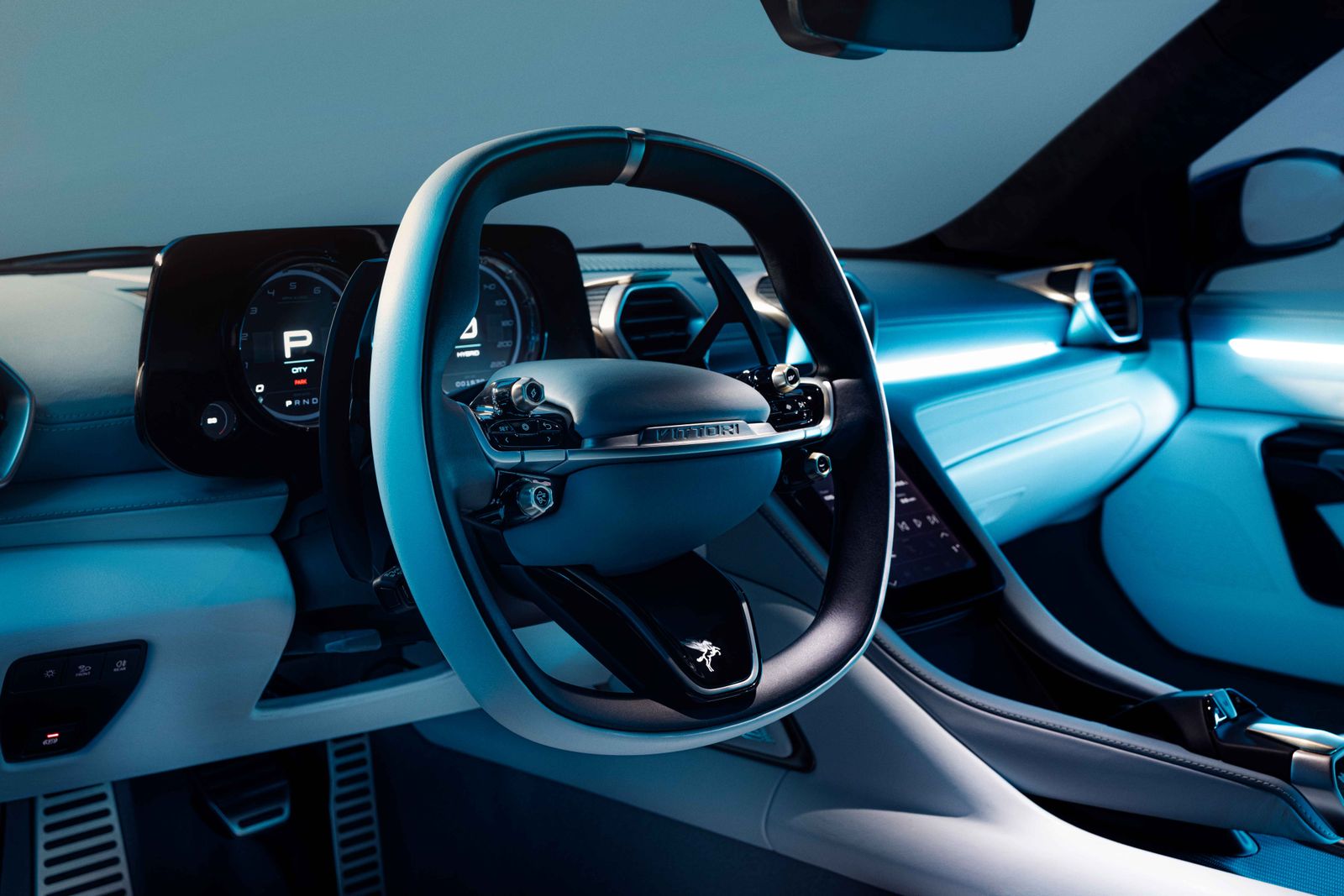
In an era dominated by digital dashboards and touch interfaces, Vittori is taking a bold stand for tactile engagement. The Turbio’s cabin prioritizes analog interaction — replacing the sea of touchscreens with physical switches, dials, and controls crafted for precision and satisfaction.
Cruz explained that this decision was central to Vittori’s design philosophy:
“We wanted to give control back to the driver. Modern cars have become too digital, too detached. The Turbio is about connection — between human, machine, and motion.”
Inside, the driver-focused cockpit exemplifies minimalist luxury. Every button and surface serves a purpose, with materials chosen for both beauty and durability. The result is an interior that feels intimate yet commanding, merging mechanical nostalgia with futuristic ergonomics.
A Limited-Edition Masterpiece
Exclusivity is at the heart of Vittori’s strategy. Only 50 examples of the Turbio will be produced, positioning it firmly within the realm of collectible hypercars. Each model will be built to order, allowing owners to personalize their cars through a bespoke design program guided by both Vittori’s engineers and Pininfarina’s artisans.
This limited production not only enhances the car’s rarity but also ensures meticulous attention to detail throughout the build process. From hand-finished carbon-fiber panels to custom interior stitching, each Turbio will reflect its owner’s unique vision.
Bridging Heritage and the Future
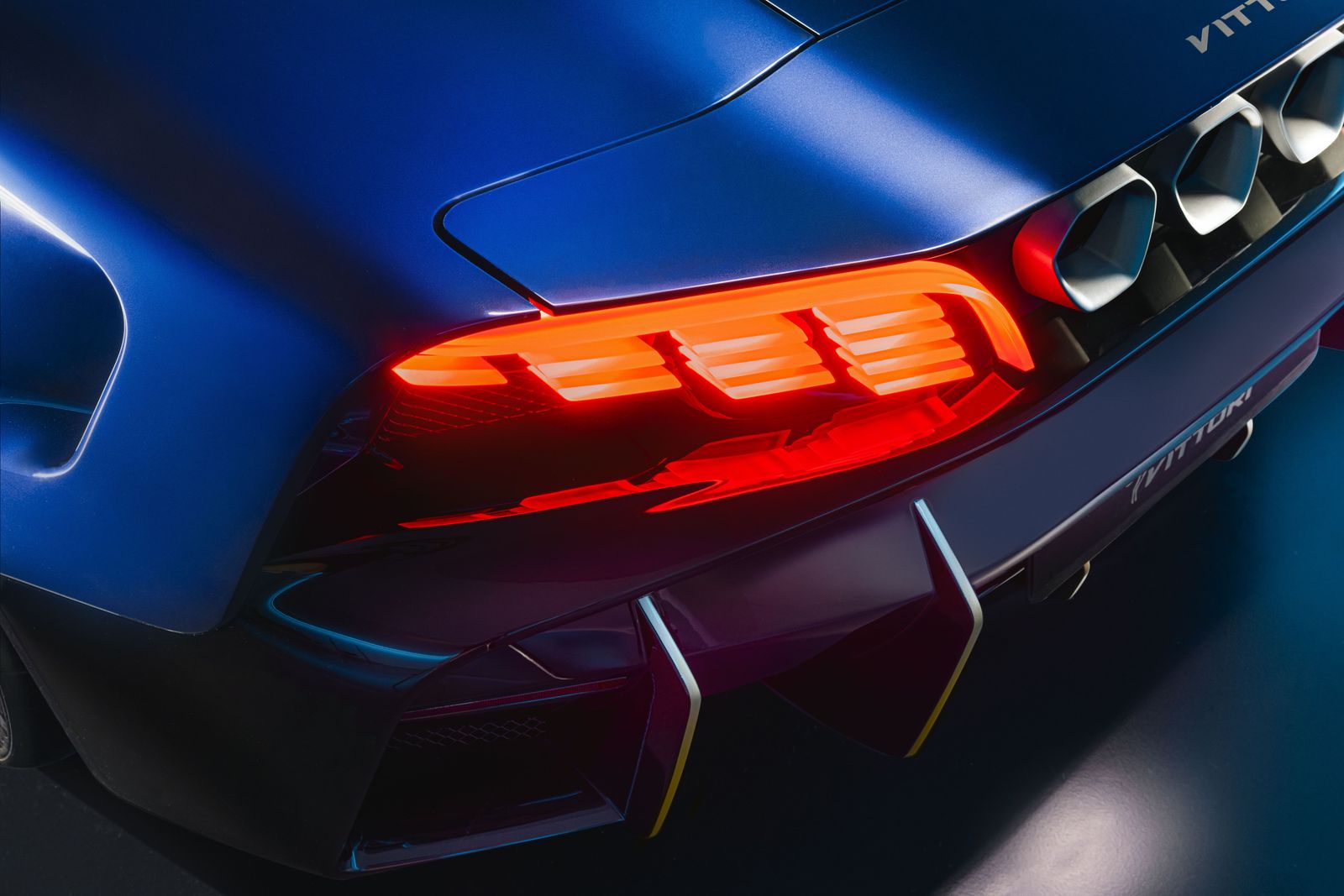
The Turbio’s unveiling marks more than just the birth of a new car — it represents a philosophical shift in the hypercar landscape. At a time when the industry is rapidly transitioning toward electrification, Vittori is reminding enthusiasts that sustainability and soul can coexist.By combining hybrid efficiency with traditional craftsmanship, the company aims to redefine what a modern hypercar can be.
Rather than chasing speed records alone, the Turbio focuses on delivering an experience — one that blends art, emotion, and advanced engineering into a single expression of movement.
“Vittori is not about following trends,” Cruz said. “We’re about creating timeless machines that resonate across generations. The Turbio isn’t just a car; it’s a story of passion, innovation, and legacy.”
The Role of Italtecnica and Additive Manufacturing
The engineering backbone of the Turbio lies in its Italian powertrain and manufacturing processes. Italtecnica’s expertise in hybrid systems ensures that the Turbio will deliver blistering performance without compromising environmental responsibility. While exact figures are yet to be disclosed, early reports suggest a power output competitive with other elite hybrid hypercars.
The model also leverages additive manufacturing technology, integrating 3D-printed components to reduce weight and enhance structural rigidity. This approach allows for intricate detailing and optimized airflow, showcasing Vittori’s embrace of modern engineering techniques.
The Miami Debut
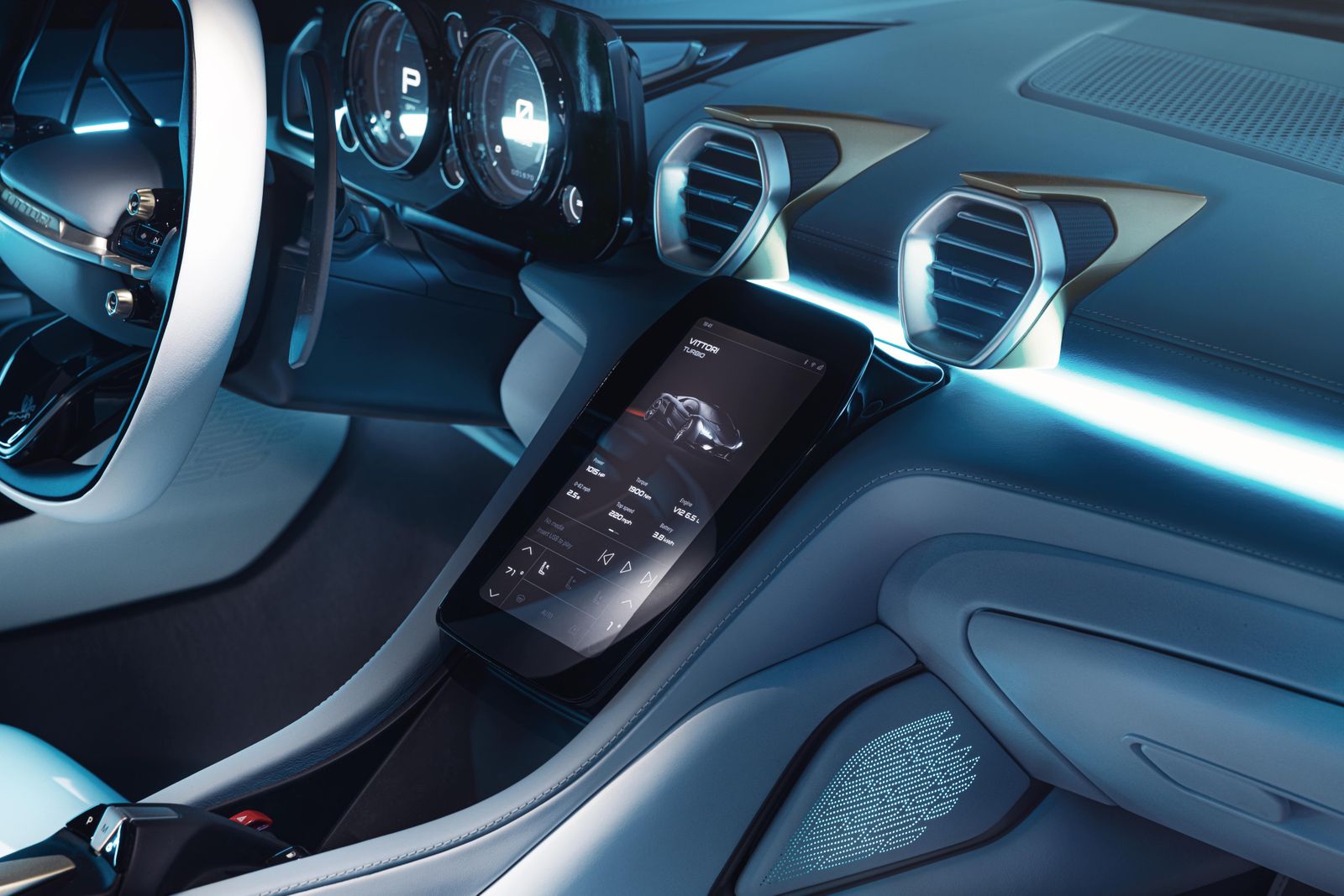
The Turbio’s world premiere in Miami was no coincidence. The city — known for its vibrant mix of culture, luxury, and innovation — reflects Vittori’s transatlantic spirit. The event drew attention from automotive collectors, designers, and industry insiders eager to witness the arrival of a new player in the hypercar segment.
The car’s design immediately captured attention with its sculptural bodywork, aggressive stance, and fluid contours reminiscent of wind-sculpted art. The hybrid powertrain’s silent electric start, followed by the roar of its combustion engine, underscored the duality of the car’s nature — serene and savage, elegant yet explosive.
Looking Ahead
Vittori has made it clear that the Turbio is only the beginning. The Miami debut showcased a running concept, serving as a prelude to the production model that will follow in the coming months. The company plans to release further details — including performance specs, pricing, and delivery timelines — as development progresses.
If early impressions are any indication, the Turbio could position Vittori as a major disruptor in the hypercar arena. With its combination of Pininfarina design, Italtecnica engineering, and Cruz’s visionary leadership, the brand is poised to capture the attention of collectors and enthusiasts alike.
In an automotive world increasingly defined by automation and electrification, Vittori’s debut stands out as a reminder that artistry and emotion still have a place in the driver’s seat. The Turbio’s blend of hybrid power, handcrafted detail, and aerodynamic innovation signals a new chapter — one that honors the past while racing toward the future.
A New Benchmark for the Hypercar Industry
With the Turbio, Vittori is not merely introducing a new car; it’s proposing a new benchmark for the hypercar industry. By marrying the legendary craftsmanship of Italy with the entrepreneurial dynamism of America, the company encapsulates the best of both worlds.
Its philosophy — to balance art and engineering, nostalgia and innovation — may well inspire a new generation of hypercar builders to reconsider what truly defines performance.
Beyond horsepower and lap times, the Turbio reminds us that cars can still be beautiful machines of meaning. As the automotive world eagerly awaits more details, one thing is clear: Vittori’s arrival has set the stage for a bold reimagining of speed and style. With Pininfarina’s iconic touch, Italtecnica’s precision, and Cruz’s forward-thinking vision, the Turbio may be the car that finally bridges the romantic past of Italian design with the high-tech future of hybrid performance.